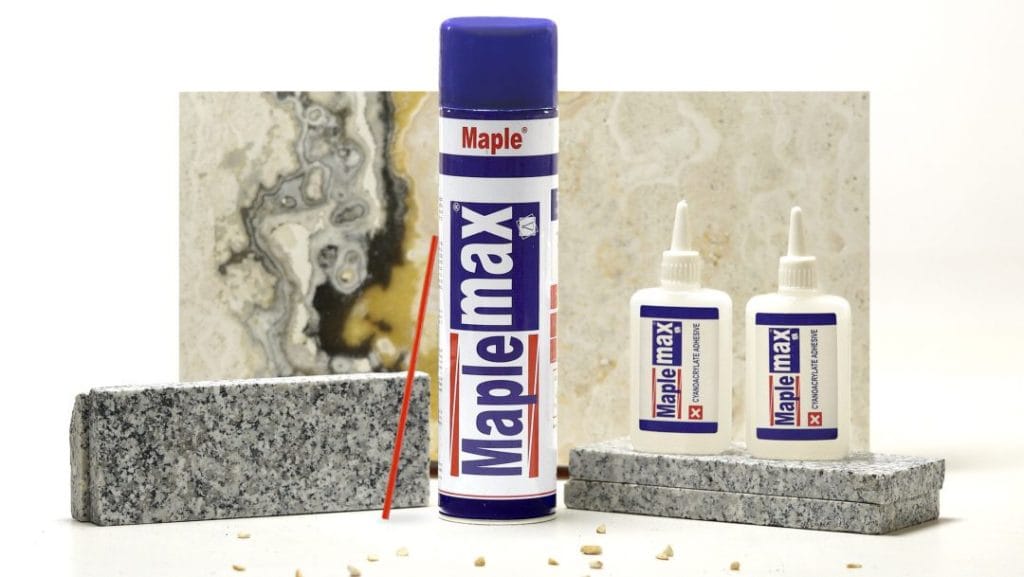Introduction to 123 Adhesive
In this article, we will discuss practical tips for using 123 adhesive. We will highlight important points to keep in mind during use, so stay with us. The use of 123 adhesive is very necessary in every home and in places where various tasks are carried out. Due to its extraordinary adhesive power, this type of glue can be used to bond almost any piece with any material. Surely, you have experienced a situation where one of your tools has broken or a piece has come apart. In such cases, the best and most suitable adhesive for fixing broken parts is 123 glue.
Overview of 123 Adhesive
This product is recognized in the market by names such as MDF glue, multipurpose glue, and instant drop glue. So don’t be surprised if you hear these names; rest assured that sellers are referring to cyanoacrylate glue or 123 glue. One of the most notable features of this adhesive is its rapid drying time. When you connect two pieces with this glue, you will notice that they bond within seconds.
You can use this adhesive for bonding various pieces, including metals, plastics, and even for adhering human skin. However, be careful! Once your skin comes into contact with this adhesive, it will be challenging to separate it from other surfaces.
Applications of 123 Adhesive
123 adhesive is one of the most widely used consumer adhesives. It can bond surfaces such as wood, plastic, metal, rubber, ceramics, stone, leather, and more. If you’re short on time, you can easily stick different objects together within seconds using this adhesive.
It is commonly used for bonding construction stones, tiles, ceramics, and in woodworking. This adhesive can be applied to aluminum and most metals as well. In cabinet making, 123 adhesive is used to bond MDF. It is available in small, medium, and large sizes and is more economical compared to other adhesives.

How to Use 123 Adhesive
The method of using 123 adhesive is as follows: first, clean the target surface well to ensure no dust or moisture remains on it. Then, spray one of the surfaces and wait a moment for it to dry. At this stage, apply the adhesive to the other surface. Position the surfaces together and hold them for a few seconds. The drying time for 123 adhesive is approximately 15 seconds.
The spray that comes with 123 adhesive helps it dry faster and provides greater strength. It is advisable to avoid inhaling the gas emitted from the spray due to its toxicity. It is recommended to use 123 adhesive in well-ventilated areas. This adhesive should not be stored at high temperatures or exposed to sunlight. Since 123 adhesive is heat-sensitive, you can use mild heat to speed up the drying process.
Important Tips for Using 123 Adhesive
- There is no need to press the bonding area due to the high speed of cyanoacrylate adhesive in bonding.
- Avoid inhaling spray gas, considering its toxicity.
- Use the adhesive gel and spray in the standard amounts specified for each product.
- It is best used outdoors or in a well-ventilated area.
- Never use cigarettes near the bonding area.
- Keep the ambient temperature under control when storing in a warehouse or during use.
- Burning the spray in fire or puncturing it is extremely dangerous and can have irreversible consequences.
- Avoid direct contact of 123 adhesive with skin and eyes; wear goggles.
Strategies for Faster Drying of 123 Adhesive
One important aspect of using 123 adhesive is its drying speed. Sometimes you need the pieces you are connecting to dry faster so that your work can proceed more quickly. Although 123 adhesives dry quickly, the type of materials you are bonding also significantly affects the drying time.
For example, whether you use this glue for wood bonding or for connecting metal pieces can impact drying speed. This type of adhesive is sensitive to heat and dries faster with warmth. Additionally, the presence of oxygen and airflow at the bonding point between two pieces leads to faster drying and stronger connections.
123 Adhesive Sensitivity to Heat
A crucial point about instant adhesives or 123 adhesives that many people may not know is that they are sensitive to heat. If you apply some warm air to the bonding point, the drying speed will certainly increase, and the two pieces you intend to bond will solidify and dry more quickly. You can use a hairdryer for this purpose. Set the hairdryer to medium or low heat and direct it towards the bonding point. You will see a significant increase in the drying speed of the adhesive.
123 Adhesive Requires Airflow to Work Properly
You can use a fan to direct airflow toward the bonding point of the two pieces. When you flow oxygen to the bonding point, it facilitates the adhesive drying much faster. These are simple scientific tricks that can significantly enhance the drying speed of cyanoacrylate adhesive compared to natural conditions.
You can use a ventilation fan or any other device that can circulate air evenly and regularly around your working area. If you use a large amount of adhesive to bond many pieces or larger joints, ensure that you have proper ventilation for your workspace.
123 adhesives contain small amounts of toxic compounds that can make excessive use of this adhesive in enclosed spaces without proper ventilation dangerous for humans. Proper ventilation can protect you from potential illnesses and the unpleasant odor of this powerful adhesive.

Firm Pressing and Holding
After applying 123 adhesive on the surfaces, you can firmly press the two pieces together. This action ensures that the two parts bond well and more quickly. The important point here is that when you press the two pieces tightly together, they are less likely to move during the drying process, allowing the adhesive to perform better at the connection points.
By using this trick, not only will the drying time be reduced, but a stronger bond will also form, which will likely require acetone and other adhesive removers to break apart.
Conclusion
There are many adhesives available on the market used for daily tasks as well as for construction, industrial, workshop activities, and more. Among these, 123 adhesive can be identified as one of the most commonly used adhesives that is versatile and has remarkable bonding strength.

